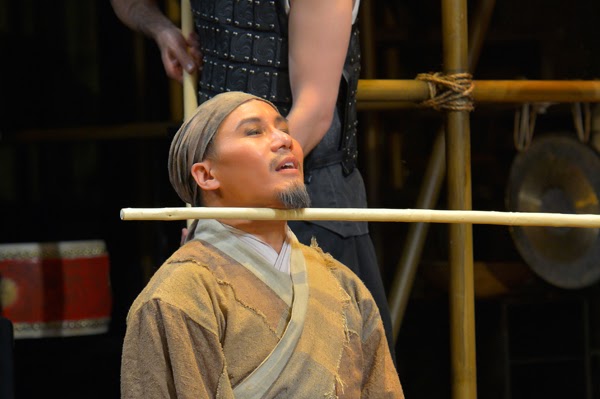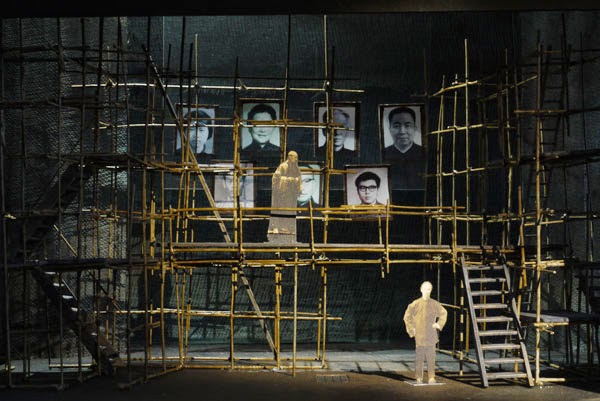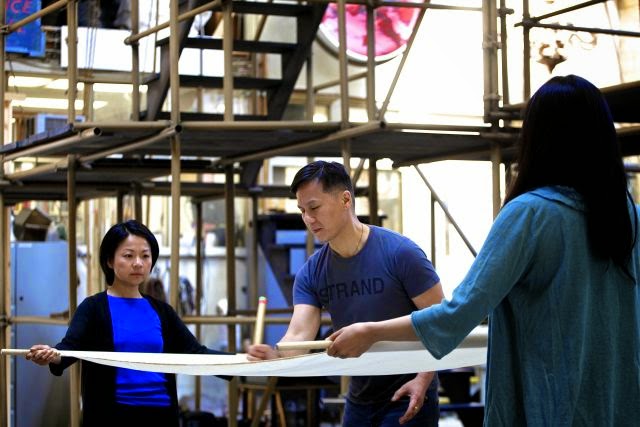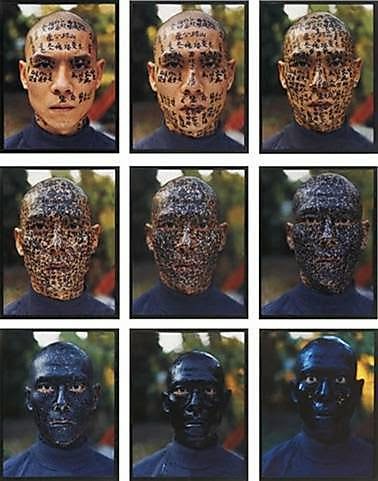ZHAO BUSINESS: THE ORPHAN DIARIES OF BD WONG – PART 6

ZHAO BUSINESS: THE ORPHAN DIARIES OF BD WONG – PART 6 ELEMENTS OF THE DRESS REHEARSAL Sab Shimono, a great role model and Asian Actor Pioneer, on deck during tech. Photo by BD WONG By the end of Tuesday afternoon we indeed got through tech-ing the entire play, but there was no surplus time to rehearse anything additionally, let alone to run Le Whole Shebang before Tuesday’s dress rehearsal. This means that Tuesday night we will be running through the entire play for the first time. An invited audience will be present, which is good for finally gauging the response, but this of course means one’s adrenaline and stress are ratcheted up considerably due not only to the “unknown factor,” but to the dramatic placement of the process’s final puzzle piece—that long-awaited entrance of the actor’s cruel dominatrix: the audience and her judgment . It, of course, matters not whether the audience is made up of paying customers or your friends and family. The anticipation of judgment pr...






